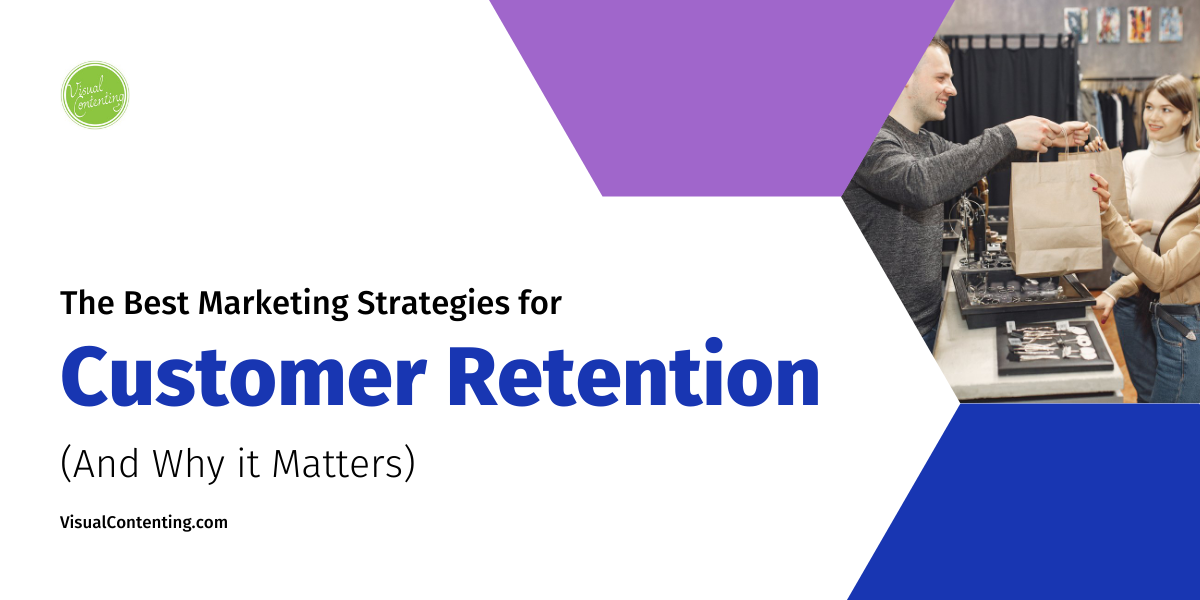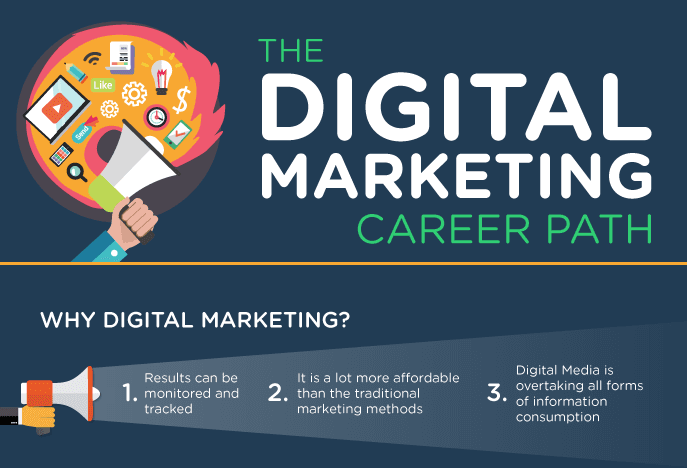Marketing professionals frequently emphasize the need to finish a year strong, but there’s typically not as much attention paid to keeping that momentum going through the next few months.
Here are six post-holiday marketing tips to help you begin a new year in ways that will help your company enjoy prolonged success.
1. Appeal to People’s Desire to Make Changes
Many people decide that the first few months of a new year are an ideal time to move ahead with changes they’ve wanted to make for a while. Maybe that means they start new fitness regimens, follow through with intentions to learn valuable skills or invest in products that help them live happier lives.
Some individuals set resolutions for a new year. Others are not as formal, but they embrace ideas such as “starting new chapters of their lives” or “exploring how to live their best life this year.” Think about how you could appeal to people who are ready to make changes.
One possibility is to launch special offers that encourage people to act quickly. For example, maybe you’re marketing a meditation app. That might entail launching a sale where people can save 50% on a premium subscription if they purchase within the next 30 days. Providing a time-restricted offer supports people’s belief that there’s no better time to embark on a path toward positive change.
Alternatively, if your company provides a service, such as subscription-based software, think about offering free webinars or other types of education to current subscribers or people who sign up in time. Maybe someone has used your company’s accounting software for a year now but would love some tailored tips and tricks to expand their knowledge of the product. In that case, the positive change would be that users become more skilled and may view the platform as more valuable.
2. Emphasize Savings or Budget-Friendly Aspects
Many people look back over the holiday season and realize they spent too much money. Some of them start feeling panicked and decide they’ve got to get serious about saving to recover during the coming months.
According to WalletHub’s 2021 Post Holiday Shopping Survey, 39% of Americans overspent during the holiday season. Relatedly, nearly one in three viewed 2020 as a poor year for their finances.
You may think those findings don’t bode well for your marketing efforts. However, they merely mean you may need to focus on different things. Campaigns typically succeed when they offer solutions to identified problems. If people perceive that they spent too much, your tactics should help consumers save money or stick to a budget without feeling deprived.
For example, you might remind people that they can save 40% on a service's cost by paying for a year at once instead of getting billed by the month. Perhaps your products help people cut spending, too. If your company sells meal kits, you might highlight how much a person could save by purchasing those rather than sticking to their current routine of ordering food delivery most nights of the week.
Look at how you could support people’s attempts to budget, as well. For example, you might run a social media campaign that reminds consumers of products or subscription tiers that cater to multiple budgets. It could help them realize that your brand still fits into their lives, even when they need to abide by some temporary spending restrictions.
Recommended: Eight Tips for Branding on a Budget
3. Get People Excited for the Next Season
The cold weather and fewer daylight hours associated with the first few months of the year can bring some people down. They enjoyed the holidays but may feel like there’s not much to look forward to for a while.
Help consumers get out of the slump by reminding them that the post-holiday season is a fantastic time to stock up on the things they need for spring. Does your brand offer products that help people enjoy warmer weather? If so, point out that winter is an ideal time to plan how to make the most of the upcoming season.
You could also offer early-bird specials that encourage people to act now. Mention that by making their seasonal purchases sooner than most other consumers, they can have more money to spend when the temperatures start rising.
Season-based marketing also works well for encouraging people to ponder their aspirations. Maybe they’re snuggled up in front of fireplaces now. Before long, the weather will be perfect for lounging on the lawn or doing other favorite activities associated with warmer temperatures. Help them envision what’s possible and how your company could play a role in helping those things happen.
Recommended: How to Prepare Your Small Business for the Holiday Season
4. Stagger Your Campaigns to Cater to Several Spending Timeframes
While reading news headlines and social media posts about sales occurring immediately after the holidays, you may get the impression that people almost exclusively shop at that time. However, the results of a recent survey disprove that idea.
Data showed that 92% of Americans intended to shop during the post-holiday season. Additionally, 23% of respondents planned to wait until two to three months after the holidays before buying things again. Relatedly, 34% said they would spend money during January, and 31% of people intended to get their shopping done within a few days after the holidays.
Those findings highlight why it’s best to run numerous marketing campaigns on a staggered schedule. That way, you have the best chance of appealing to people when they’re ready to spend. Think about the best messaging to use for each instance, too.
For example, reaching the people who shop a few days after the holidays might mean saying, “Reward yourself for surviving the holiday hustle.” People who primarily reengage with companies during January might respond better to a subject line or social media post that helps them “Beat the January blues with our limited-time offer.” When addressing people who mostly spend months after the holidays, you may find it most effective to appeal to them with your brand’s benefits or solutions.
5. Remind Consumers to Spend Their Gift Cards
In the autumn of 2020, statistics emerged that strongly suggested people would view gift cards as the perfect presents during the holiday rush. They showed a staggering 363% increase in unique gift card purchases in September and October 2020 compared to the same time in 2019.
A later study performed by a different company confirmed that the trend continued outside of that timeframe. It showed a more than 80% increase in digital gift cards purchased during the most recent holiday season over 2019 numbers.
That second study also revealed that while half of the recipients intended to use their gift cards within a month of the holidays, another 23% would wait three to six months. Other good news for retailers is that nearly half of recipients intended to spend at least $25 more than a gift card’s value when redeeming it.
Consider running campaigns that encourage people to use their gift cards. If your company offers them in $25, $50 and $100 denominations, think about emailing people suggested ways to use gift cards that they have in those amounts.
In most cases, the issuing entities get the money regardless of if recipients redeem them. However, urging people to use them could get consumers more acquainted with your brand, making them spend more overall during their interactions with the company.
Recommended: The Best Gifts to Give Your Marketing Team This Holiday Season
6. Ensure You Offer a Pleasing Online Experience
It’s crucial to offer a hassle-free online experience regardless of your industry or business size. That’s primarily true because so many people shopped online during the holidays, following a trend that seems set to continue.
Adobe’s report about the 2020 holiday season found that people spent more than $188 billion during that period at U.S-based websites. That’s a remarkable figure considering it represents a 32% growth rate. Since 2015, e-commerce averaged a 15% growth in that time.
Even if your brand does not sell things online, it still needs a well-functioning, engaging website. Make sure it works as intended while viewed on numerous devices and in several browsers. People who see error messages or notice the website does not look appealing will likely have tarnished views of your brand or company.
You can direct people to your website through email marketing and social media campaigns. For example, a beautiful graphic in an email newsletter can get people acquainted with the kind of material they can find at your site.
Alternatively, if your site’s blog has a new search feature, post a snippet of content on social media to give them a taste. Then, invite them to come to your site to read more, making sure to try the search feature while there.
Evaluate your site to verify it supports the marketing efforts you make on other channels. If someone primarily engaged with your company on social media and later visited your site, would they be surprised in a bad way?
Some marketing professionals make the mistake of focusing so much on other aspects that they forget to keep websites up to date and visually pleasing. The post-holiday period is an excellent time to verify that yours reflects positively on your company.
Recommended: Easy Tips to Improve Your eCommerce SEO Just in Time for Holidays
Set the Stage for a Successful Year
The holiday season may be a busy time for your company, but there’s no reason to wind down your strategies after it passes. The post-holiday time opens opportunities to appeal to current and potential customers in new ways.
These six tips can help you stay focused on the methods that are most likely to pay off for your marketing team and company. Although the cited statistics were recent ones, the insights gleaned from them could easily apply to any year.
Related Posts
Devin Partida writes about topics concerning tech and the internet. She is also the Editor-in-Chief of ReHack.com.







